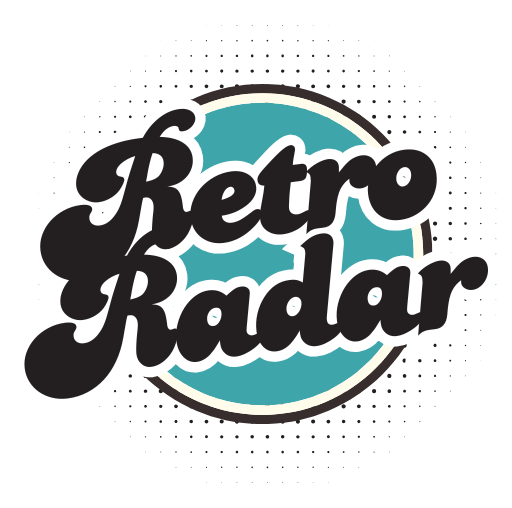15 Ways We Planned Vacations Before the Internet – And Why It Had Its Own Kind of Magic
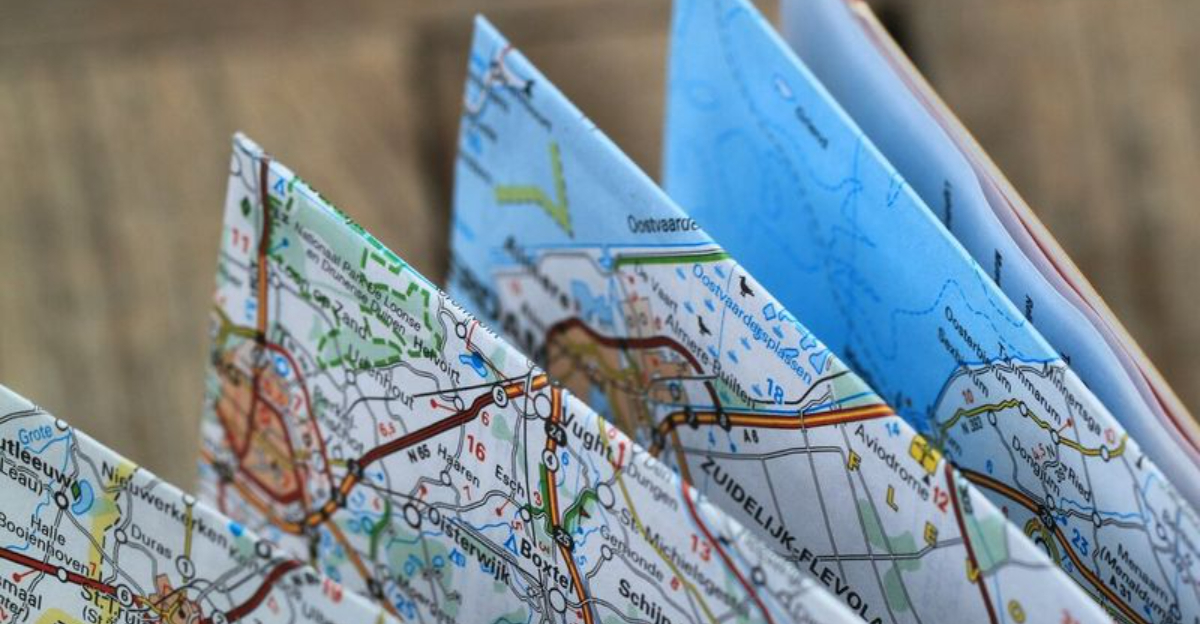
Remember when planning a vacation was half the adventure? Before the days of apps and one-click bookings, prepping for a trip felt like a big, exciting event in itself.
I still smile thinking about those hours spent flipping through colorful travel brochures, dog-earing pages of dreamy destinations, and calling hotels with a notepad in hand, ready to jot down every detail. We’d gather around the kitchen table, map sprawled out, highlighters in full swing, plotting routes and circling must-see attractions like we were planning a cross-country treasure hunt.
There was something so personal, so hands-on, about it all—it made the anticipation just as magical as the vacation itself. Sure, it took more time and effort, but that only added to the excitement.
Today’s digital convenience is great, but it can’t quite capture the charm of those old-school vacation vibes, where every plan felt like the start of a grand adventure.
1. Travel Agents Were Our Vacation Wizards
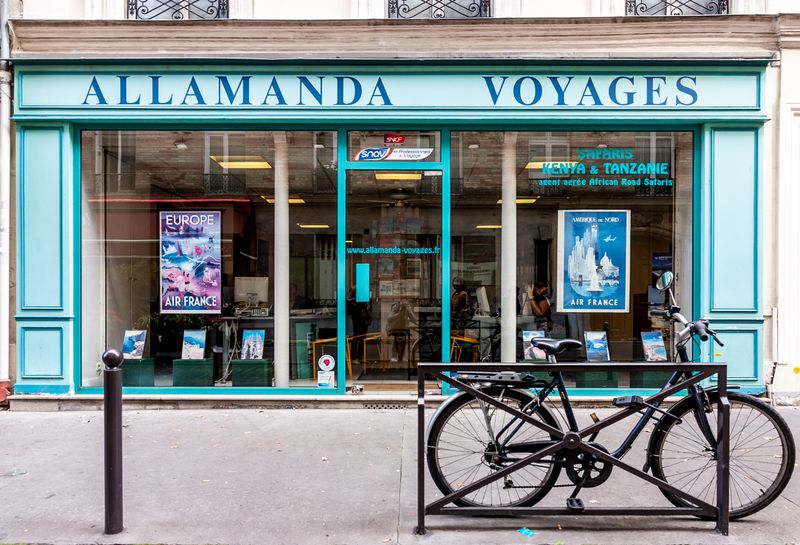
Mrs. Rodriguez at Sunshine Travel was practically family! I’d plop down in her cushy chair while she worked her magic, pulling brochures from drawers and making calls to find us the perfect beachfront room.
Travel agents weren’t just booking clerks—they were your personal vacation architects with connections everywhere. They remembered your preferences (“No connecting flights for the Johnsons!”) and slipped in perks like free breakfasts or room upgrades.
The best part? When something went wrong, you had a real human to call who already knew your situation. No hold music, no chatbots—just someone who genuinely wanted your trip to be magical.
2. Brochure Collecting Became a Hobby
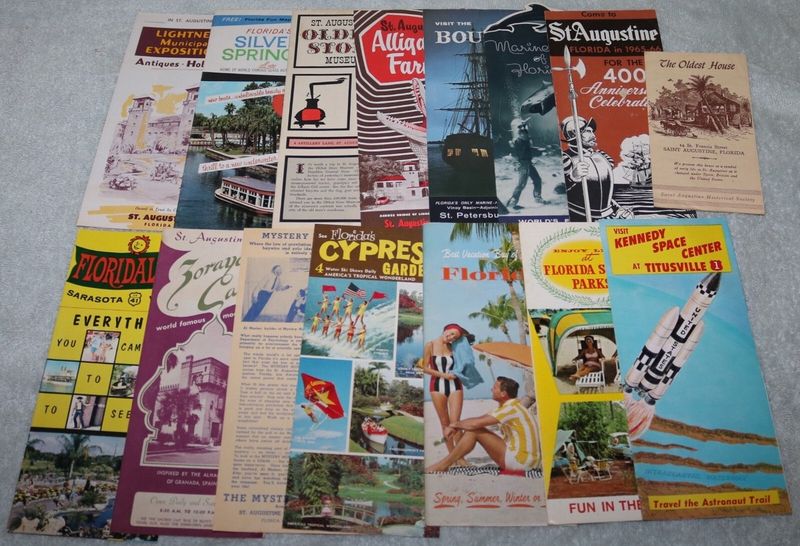
Our coffee table groaned under the weight of glossy vacation brochures! I’d request them by mail after seeing tiny ads in travel magazines, then wait weeks for them to arrive—each one a portal to possibility.
Opening that mailbox to find Caribbean cruise pamphlets or Disney vacation planners was like Christmas morning. My kids and I would sprawl on the living room floor, flipping pages and circling photos of places we dreamed of visiting.
Those brochures were works of art—thick, glossy paper with saturated photos that promised paradise. Unlike today’s quick website scans, we’d spend hours with those brochures, dog-earing pages and imagining ourselves in every picture.
3. AAA TripTiks Were Road Trip Gold
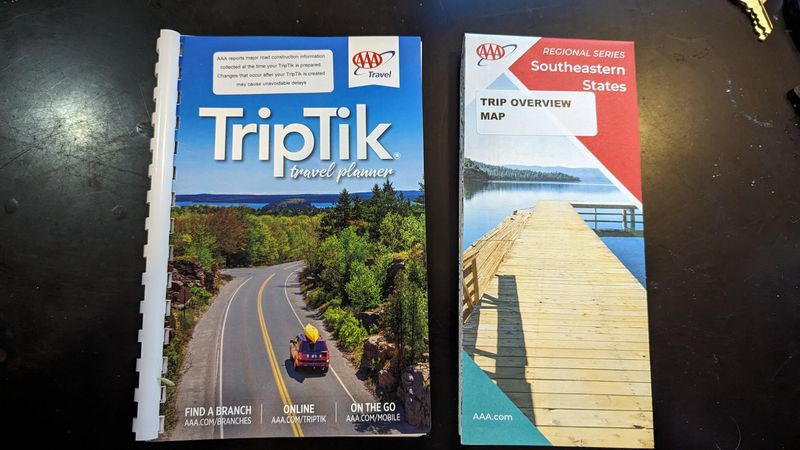
Whoever invented the TripTik deserves a medal! My family’s annual drive to Florida became manageable thanks to these spiral-bound flip maps custom-made just for our journey.
I’d visit our local AAA office weeks before departure, where a friendly representative would highlight our entire route on sequential map pages. They’d mark construction zones, scenic detours, and even note which exits had decent restrooms—insider knowledge worth its weight in gold!
Each page showed exactly how many miles until the next turn, giving kids the perfect answer to “Are we there yet?” Those TripTiks transformed navigation from a stress point into part of the adventure, with each page flip bringing us closer to vacation bliss.
4. Library Research Sessions Sparked Imagination
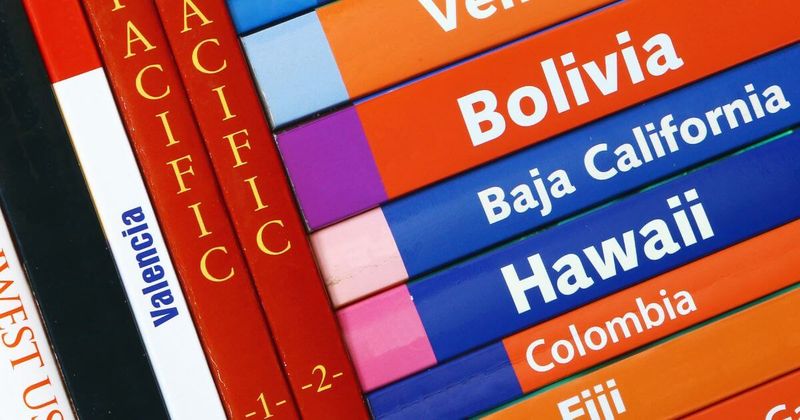
Saturday mornings at our local library were sacred when vacation planning began. Armed with a notebook and quarters for the copy machine, I’d hunker down in the travel section, surrounded by the musty smell of well-loved guidebooks.
Librarians became unofficial travel consultants, pointing me toward hidden gems like specialized city guides or photo collections of national parks. The Dewey Decimal System became my treasure map to vacation knowledge.
Photocopying the perfect pages felt like stealing secrets from travel experts. I’d carefully organize these copies into folders, creating personal guidebooks filled with handwritten notes in the margins. Those library discoveries often led us to the most memorable spots—places no algorithm would ever suggest.
5. Paper Maps Created Unplanned Adventures
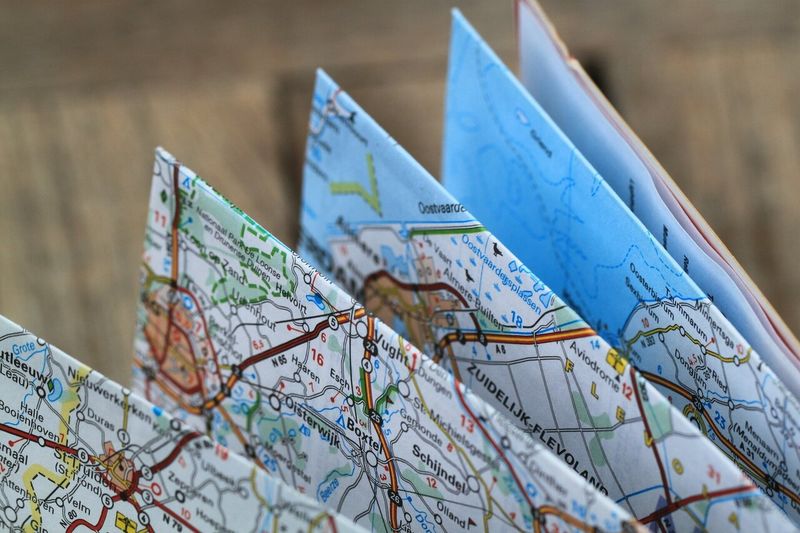
That massive gas station map unfolded like origami gone wrong—covering the entire dashboard and spilling onto my lap! My husband would drive while I played navigator, squinting at tiny town names and calculating distances with my thumb.
Getting lost wasn’t a glitch—it was part of the experience. Wrong turns led us to charming diners and quirky roadside attractions we still talk about decades later. That giant paper map became our family’s canvas, marked with coffee stains, highlighted routes, and handwritten notes about fantastic finds.
The backseat navigators (our kids) would trace their fingers along our route, learning geography without realizing it. Those maps became souvenirs themselves, folded imperfectly and stuffed into our vacation memory boxes.
6. Calling Hotels Directly Created Personal Connections
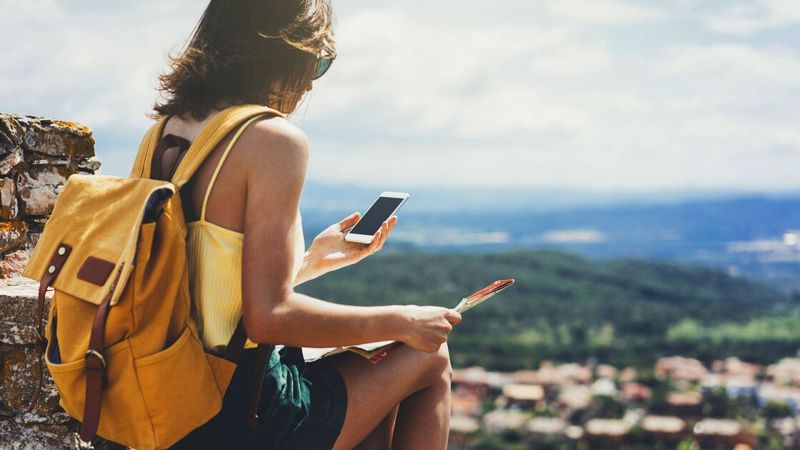
Booking a room meant picking up the phone and having actual conversations! I’d chat with hotel staff about room locations, asking which ones had the best views or were furthest from the ice machine.
These calls often yielded insider tips no website could provide. “The corner rooms are bigger” or “Ask for Marge at the front desk—she’ll hook you up with free breakfast vouchers.” One memorable call to a small Catskills inn resulted in the owner personally picking us up when our rental car broke down.
The human connection created before arrival meant walking into a hotel where someone already knew your name. That front desk smile wasn’t algorithmic—it was genuine recognition from someone who remembered our phone conversation about celebrating our anniversary.
7. Word-of-Mouth Recommendations Were Trusted Treasure
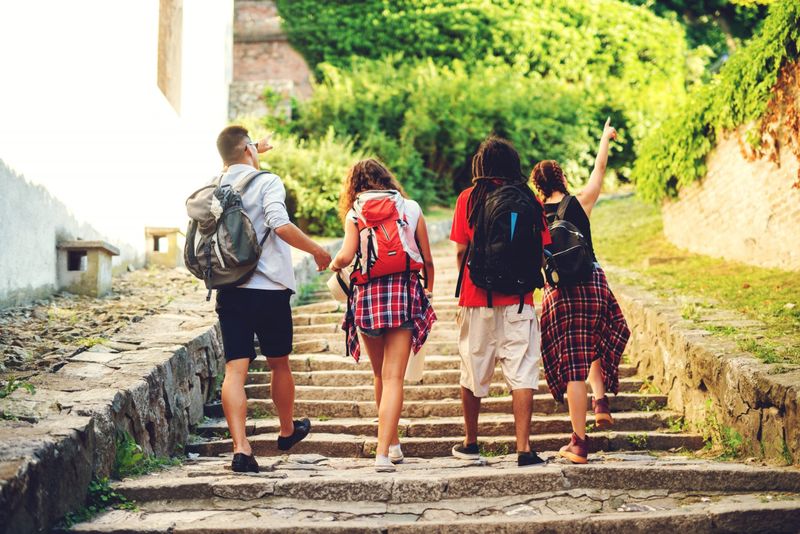
“You HAVE to stay at this little place we found in Vermont!” Office break rooms and neighborhood barbecues were vacation intelligence headquarters. My trip to Santa Fe happened entirely because my dental hygienist wouldn’t stop raving about it while cleaning my teeth!
Friends’ photo albums (the real kind, with plastic sleeves) became our version of review sites. We’d gather around after dinner, flipping through someone’s vacation pictures while they shared stories about hidden beaches or that perfect family-run restaurant.
These personal recommendations carried weight gold couldn’t buy. When your picky cousin raved about a hotel, you knew it was legitimately good. Those shared experiences created community—each trip building on the collective wisdom of friends and family who’d blazed the trail before.
8. Travel Bookstores Offered Expert Guidance
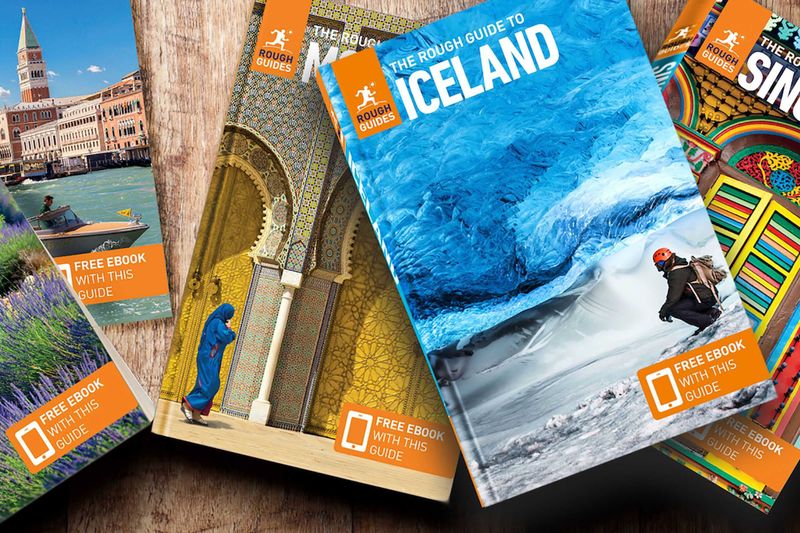
Walking into a dedicated travel bookstore felt like stepping into a portal of possibilities! Manhattan’s Complete Traveller Bookstore was my personal mecca—walls lined with destination-specific guides and staff who’d actually visited these places.
Unlike today’s algorithm-generated lists, these specialized stores offered curated selections by actual travel enthusiasts. The shopkeeper who’d spent three months in Provence would steer you toward the perfect guidebook for your interests, then throw in recommendations for novels set in the region.
Hours disappeared as I’d sit cross-legged in the aisle, flipping through coffee table books of Greek islands or specialized hiking guides. The investment in a good guidebook paid dividends in experiences—these weren’t just information sources but trusted companions that shaped our adventures.
9. Postcard Writing Connected Us With Home
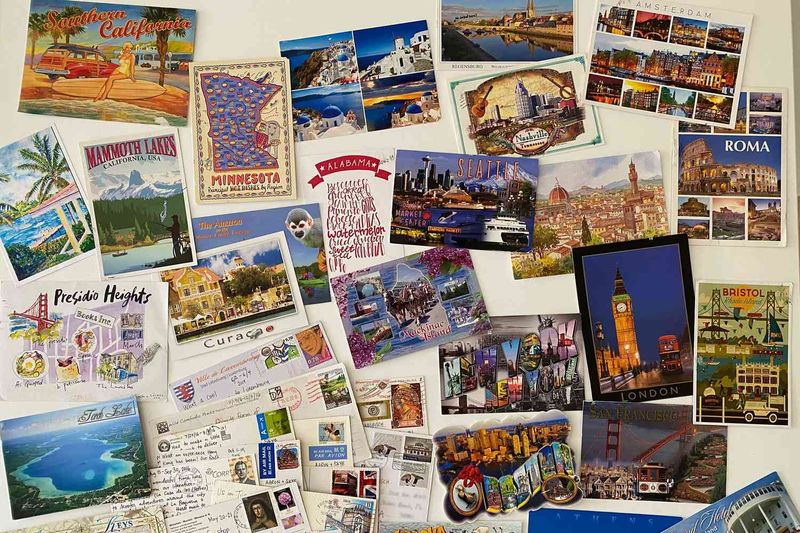
Finding the perfect postcard rack was a vacation ritual! I’d spend ages selecting just the right cards—the sunset for Grandma, the funny one for my best friend, the local landmark for my collection.
Hunched over a café table or sprawled on a hotel bed, I’d craft mini-masterpieces of vacation reporting. Space constraints forced creative editing—”Weather gorgeous, food amazing, saw dolphins!”—capturing the essence of our experiences in bite-sized morsels.
Hunting down stamps and mailboxes became its own adventure, often leading to charming interactions with locals. Those postcards traveled slowly homeward while we continued our journey, creating a bread-crumb trail of our adventures. Friends would receive these tangible greetings days or weeks after we’d moved on—extending our vacation story long after we’d returned.
10. Traveler’s Checks Secured Our Vacation Funds
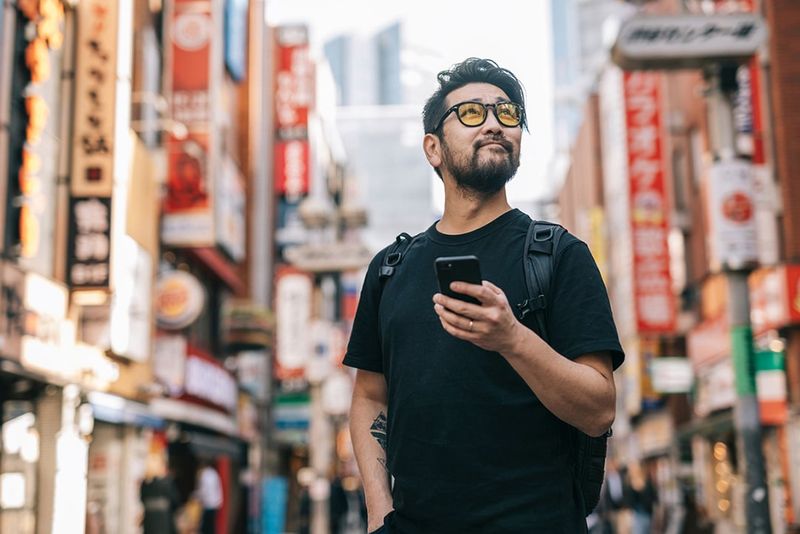
My pre-trip ritual always included a visit to the bank for traveler’s checks! I’d sign each one in the presence of the teller, then sign them again when exchanging them abroad—feeling like an international person of mystery with my important financial documents.
That little wallet of American Express checks represented security in paper form. Losing cash meant it was gone forever, but lost traveler’s checks could be replaced anywhere in the world. I still remember the confidence of walking into a Thomas Cook office in London after my wallet was stolen.
The ritual of converting these checks into local currency created natural budget boundaries. Unlike today’s tap-and-go spending, each exchange was deliberate, making us more mindful about vacation splurges. Those checks were physical reminders of the special nature of vacation spending.
11. Calling Cards Kept Us Connected (Barely)

“I’ll call when we arrive!” meant something entirely different before cell phones. My international trips always included a precious AT&T calling card and knowledge of the country’s phone booth system—an adventure in itself!
Finding a working phone booth in Barcelona during siesta or figuring out how to dial internationally from a Greek island created memorable mini-quests. I’d stand in those tiny booths, feeding coins or card numbers, heart racing as the connection went through, knowing each minute cost a small fortune.
Those brief, crackling conversations held more meaning because of their rarity. “We’re here, we’re safe, the hotel is lovely”—all communicated while watching the timer count down my remaining minutes. The limited contact made us more present in our travels, fully immersed without the digital tether of today’s constant connectivity.
12. Foreign Language Phrasebooks Sparked Real Connections
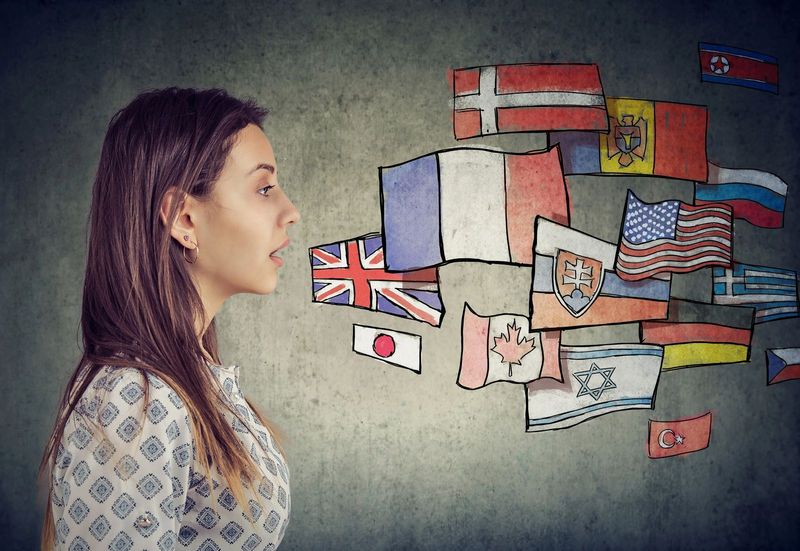
My dog-eared Italian phrasebook became my most valuable travel companion! Practicing “Dov’è il bagno?” in my hotel mirror before venturing out each morning became part of my routine.
Unlike today’s translation apps, these pocket-sized books forced wonderful human interactions. My butchered pronunciation of menu items often led to kitchen tours, cooking tips, and restaurant owners bringing special dishes not on any menu. The effort of attempting the local language opened doors that remained closed to those who expected everyone to speak English.
Those phrasebooks were conversation starters themselves—locals would spot them and offer help, leading to impromptu language lessons in cafés. The struggle to communicate created memorable moments of connection and hilarious misunderstandings that became favorite travel stories for years afterward.
13. Travel Journals Captured Unfiltered Memories
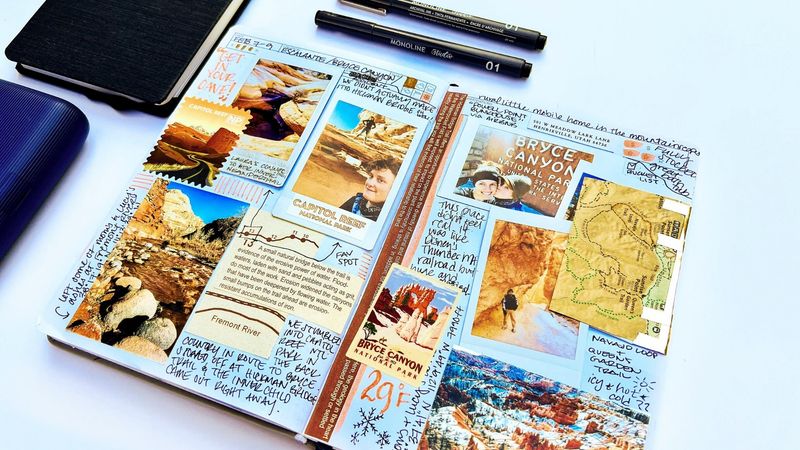
Every night in our hotel room, I’d crack open my leather-bound journal while the day’s experiences were still fresh. No filters, no likes, no crafting the perfect post—just raw, honest reflections about what moved me that day.
Those journals captured sensory details that digital photos miss: the exact smell of that Moroccan spice market, the feeling of cool mist from a Hawaiian waterfall, conversations with locals that changed my perspective. Ticket stubs, pressed flowers, and wine labels taped to the pages added texture to the memories.
Rereading these journals years later provides a time machine more powerful than any Instagram feed. They reveal not just where I went, but who I was at that moment—capturing the ways travel changed me, one handwritten page at a time.
14. Film Photography Made Every Shot Count

“Don’t waste the film!” My dad’s constant reminder meant we thought carefully before pressing that shutter button. With just 24 or 36 exposures per roll and no way to preview images, each photo represented a tiny investment.
The delayed gratification was magical—dropping off film at the developer after vacation and waiting days or weeks to see if we’d captured the memories properly. Opening that envelope of prints felt like Christmas morning, reliving the trip all over again, sometimes with surprising results (like my thumb covering half the Grand Canyon).
Those physical photos became instant heirlooms, carefully arranged in albums with handwritten captions. No cloud storage worries, no scrolling past thousands of digital duplicates—just carefully curated visual stories that gained value with each passing year, their colors gradually warming with time.
15. Collecting Local Newspapers Created Time Capsules
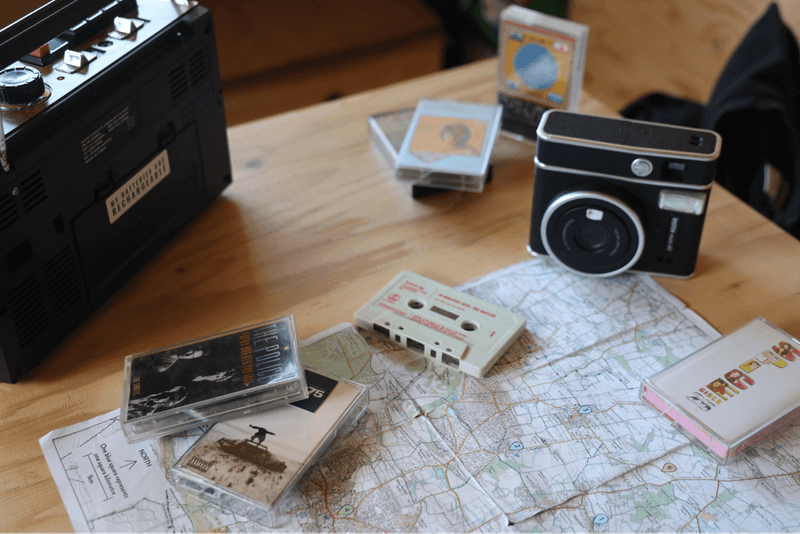
Grabbing the local newspaper was my quirky vacation ritual! I’d hunt down English editions in foreign countries or puzzle through headlines in languages I barely understood, feeling connected to the daily rhythm of our temporary home.
These papers provided context no guidebook could offer—local festivals happening during our stay, restaurant openings, or cultural debates energizing the community. The weather section helped plan activities, while entertainment listings revealed concerts and events we’d never have discovered otherwise.
Those newspapers became accidental souvenirs, folded into suitcases and rediscovered months later. Opening them released forgotten scents of Greek coffee shops or Parisian bakeries. Today, these yellowing pages are time capsules of places at specific moments—the classified ads, movie listings, and headlines capturing not just where we went, but when we were there.
